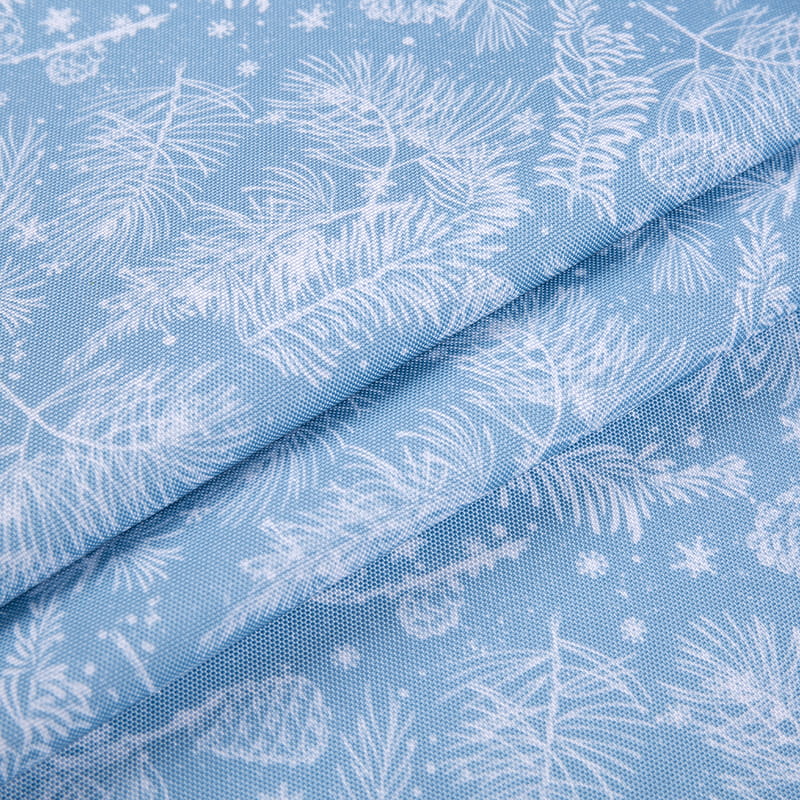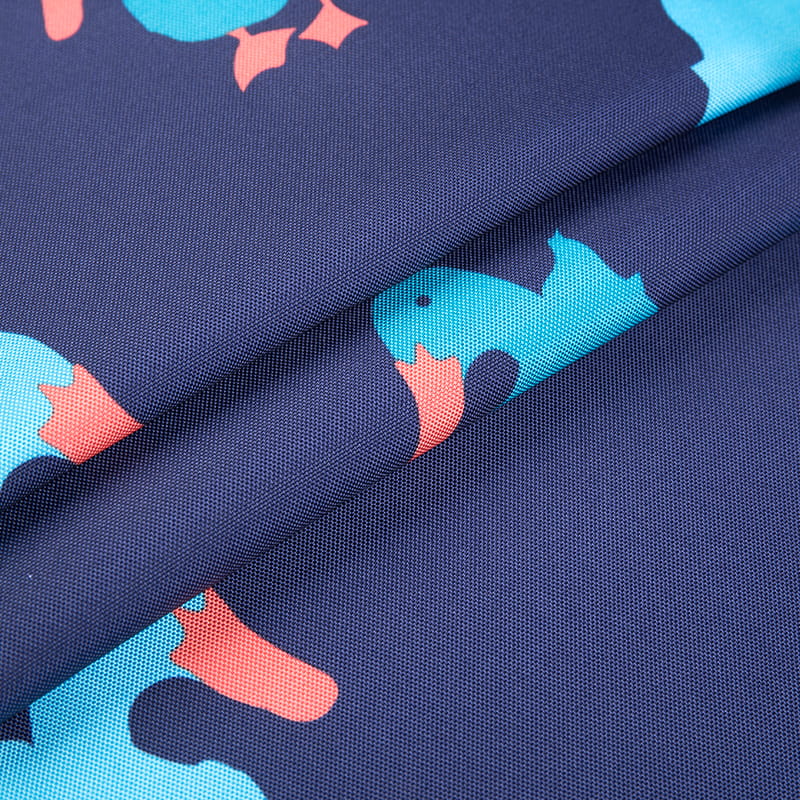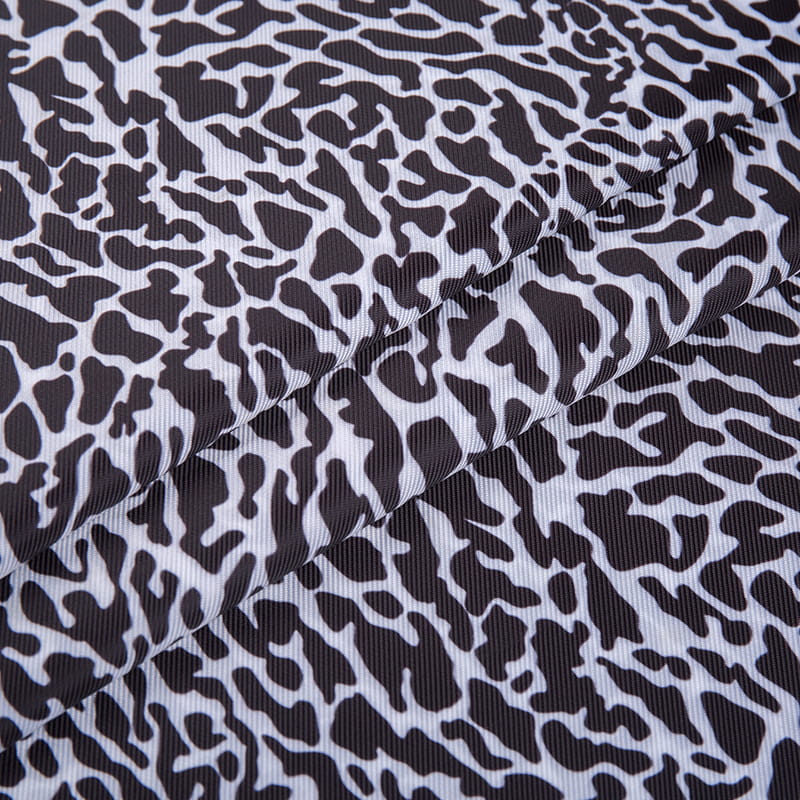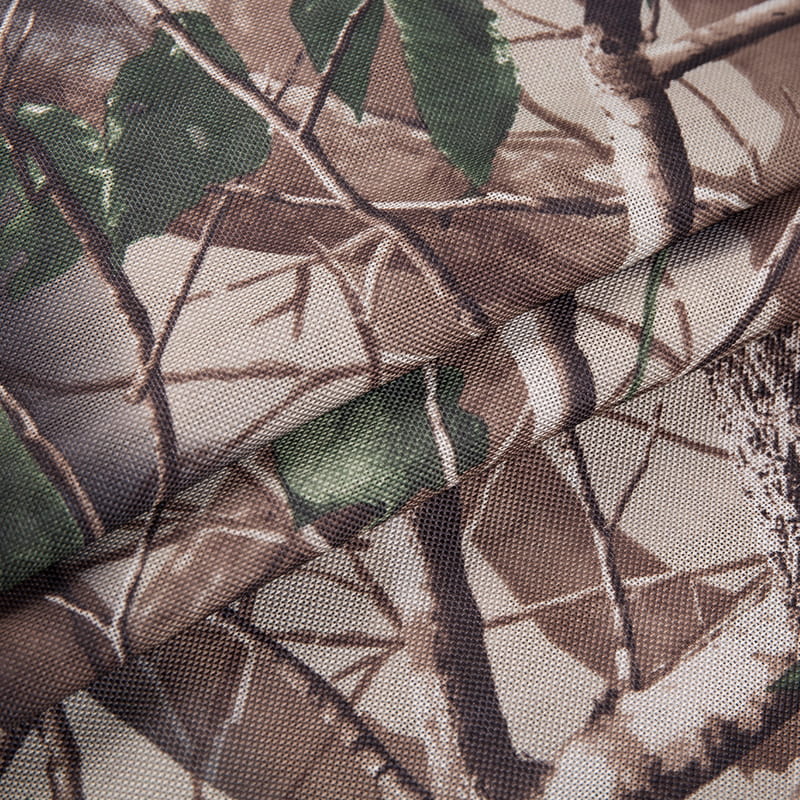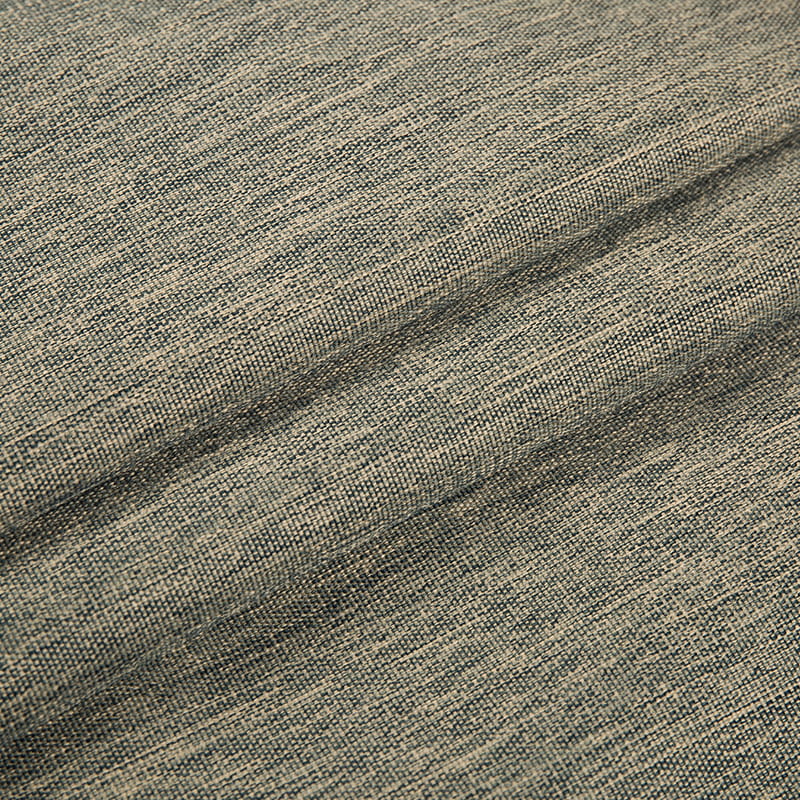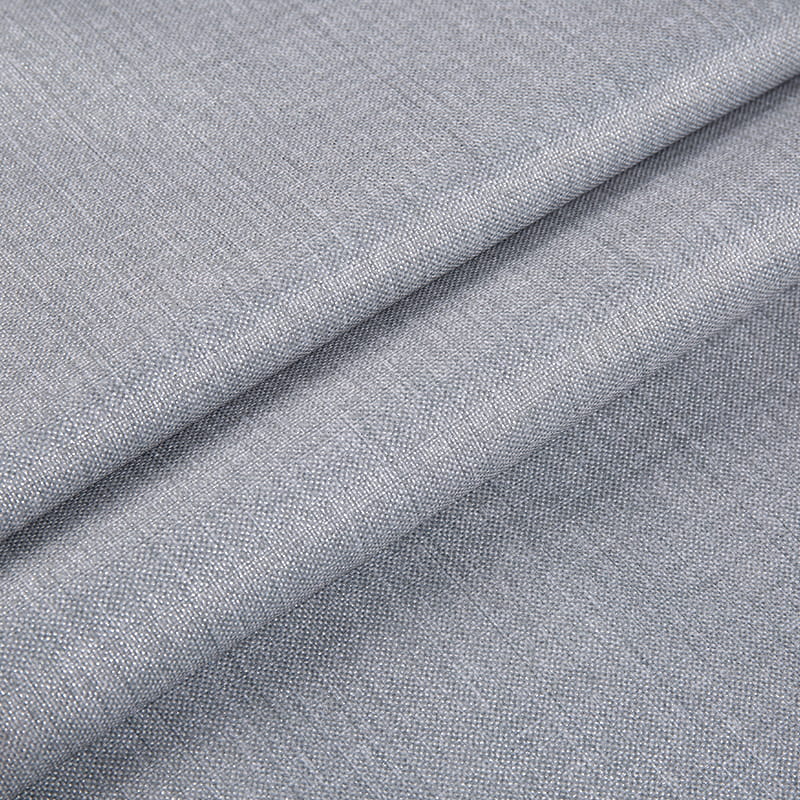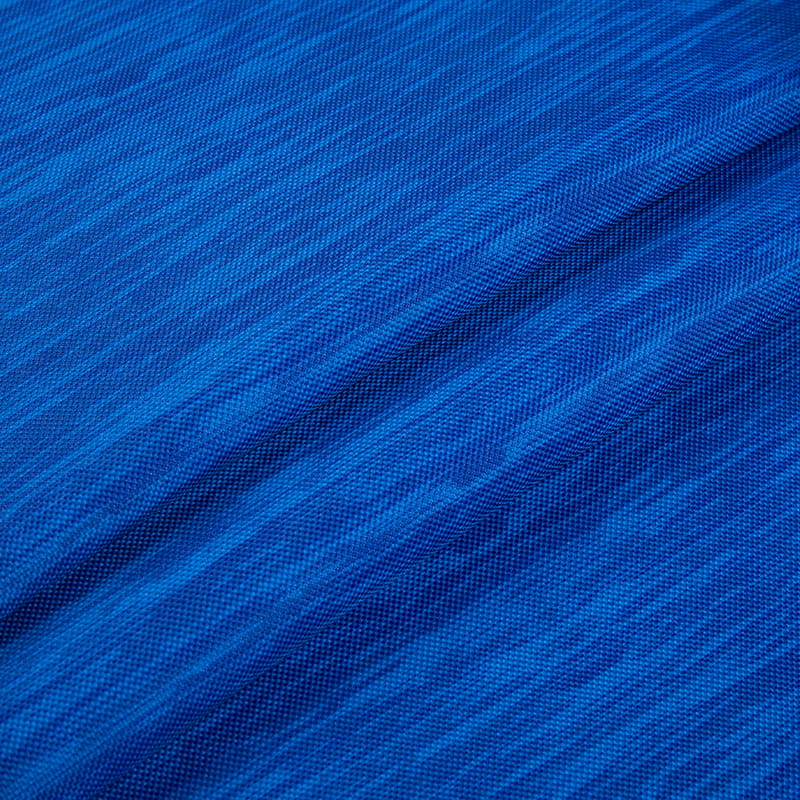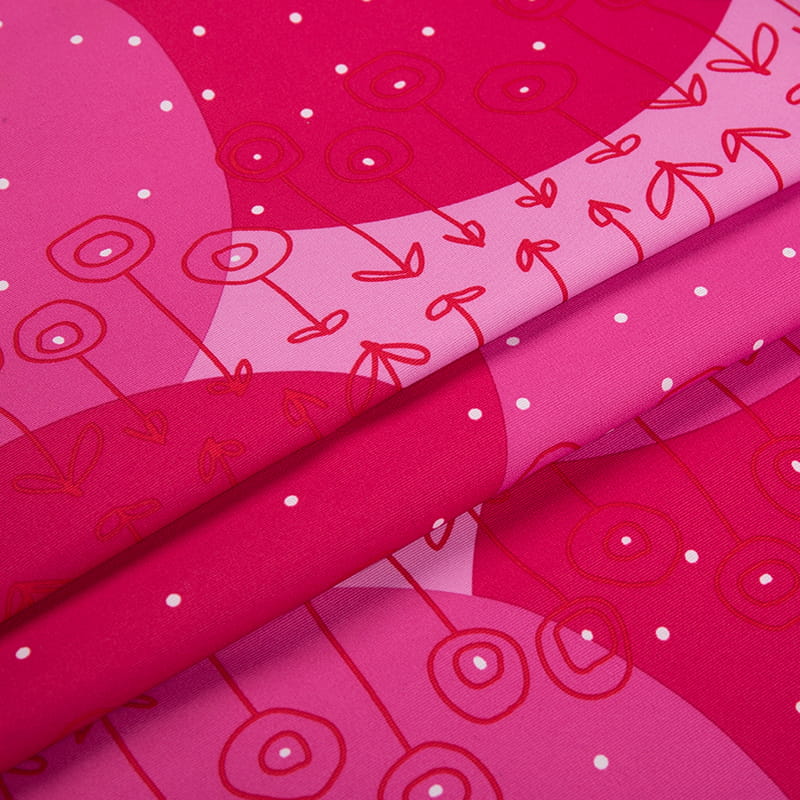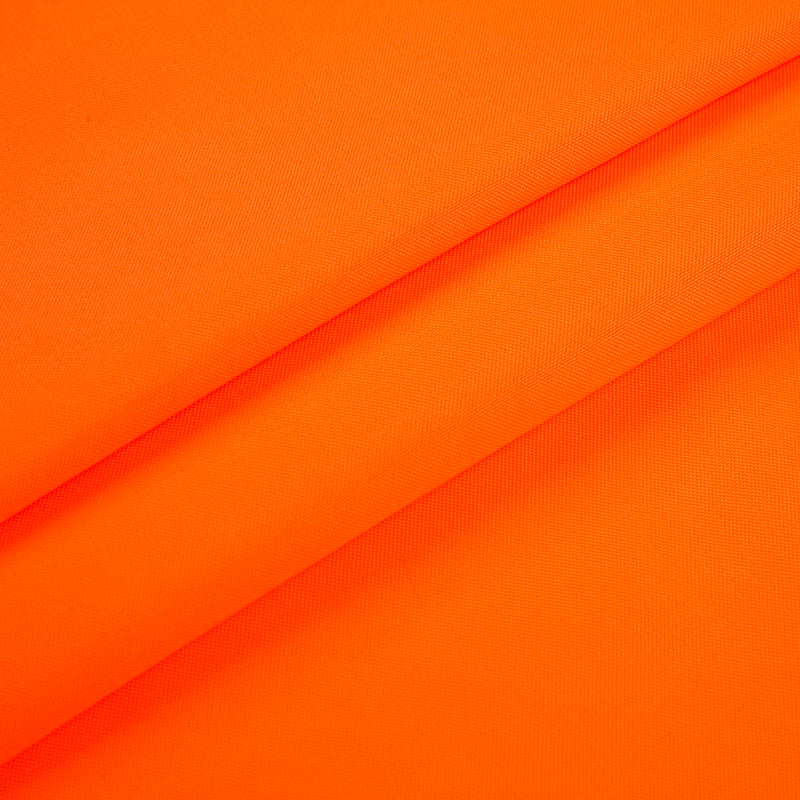
In the ever-evolving world of textiles, water pressure fabric has emerged as a game-changer. This innovative material, designed to withstand high water pressure, is not just a technical marvel but also a multifunctional player across various industries. From outdoor gear to architectural marvels, the applications of water pressure fabric are extensive and intriguing.
Outdoor Gear and Apparel
One of the most popular applications of water pressure fabric is in the realm of outdoor gear and apparel. Hiking jackets, waterproof pants, and durable tents are just a few examples where this fabric shines. Its ability to repel water while allowing breathability makes it ideal for adventurers who face unpredictable weather conditions. According to a study by the Outdoor Industry Association, the outdoor gear market is projected to reach $19.5 billion by 2025, with waterproof materials driving a significant portion of that growth. Brands like The North Face and Patagonia have integrated water pressure fabric into their products, providing consumers with reliable options for their next expedition.
Water Management Solutions
Water pressure fabric is also finding its way into water management solutions. For instance, it is used in the construction of swimming pool covers and tarps for water collection systems. These applications not only help in maintaining water quality but also in conserving water. The fabric’s unique properties allow it to withstand the weight of water without tearing or leaking. Experts suggest that using water pressure fabric in these scenarios can reduce water evaporation by up to 50%, making it a sustainable choice for both residential and commercial properties.

Civil Engineering and Construction
In the field of civil engineering, water pressure fabric is used in various applications such as dam construction, drainage systems, and erosion control. Its strength and durability make it an essential component in ensuring the integrity of structures exposed to high water pressure. A report from the American Society of Civil Engineers highlights that the use of advanced fabrics in construction can significantly enhance the longevity and performance of infrastructure. By incorporating water pressure fabric, engineers can create safer and more resilient structures that stand the test of time.
Aquaculture and Environmental Applications
The aquaculture industry has also embraced water pressure fabric for creating fish farming nets and enclosures. These fabrics are designed to withstand the harsh aquatic environments while providing a safe habitat for aquatic life. Additionally, their permeability allows for proper water circulation, which is vital for maintaining a healthy ecosystem. According to the Food and Agriculture Organization (FAO), the global aquaculture production is expected to reach 200 million tons by 2030, emphasizing the need for durable materials like water pressure fabric to support sustainable practices in this growing industry.
Water pressure fabric is undoubtedly one of the most exciting advancements in textile technology. Its applications span across outdoor gear, water management, civil engineering, and aquaculture, proving that this fabric is not just a niche product but a vital component in multiple sectors. As industries continue to innovate and seek sustainable solutions, the demand for water pressure fabric is likely to surge. For anyone involved in these fields, understanding the benefits and applications of this remarkable material is essential. Whether you're a weekend adventurer, a civil engineer, or an aquaculture farmer, embracing water pressure fabric could be the key to enhancing performance and sustainability in your endeavors.



 English
English Español
Español